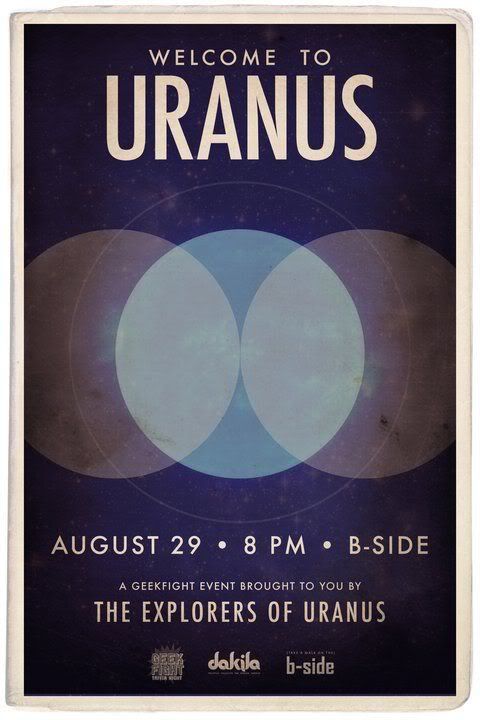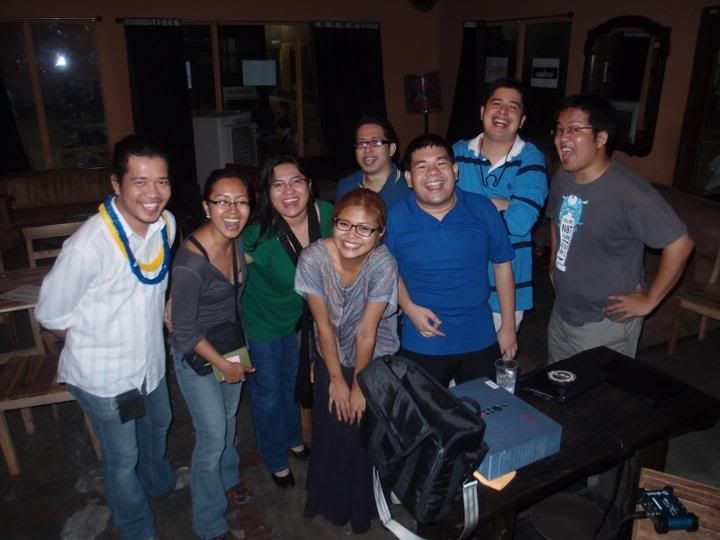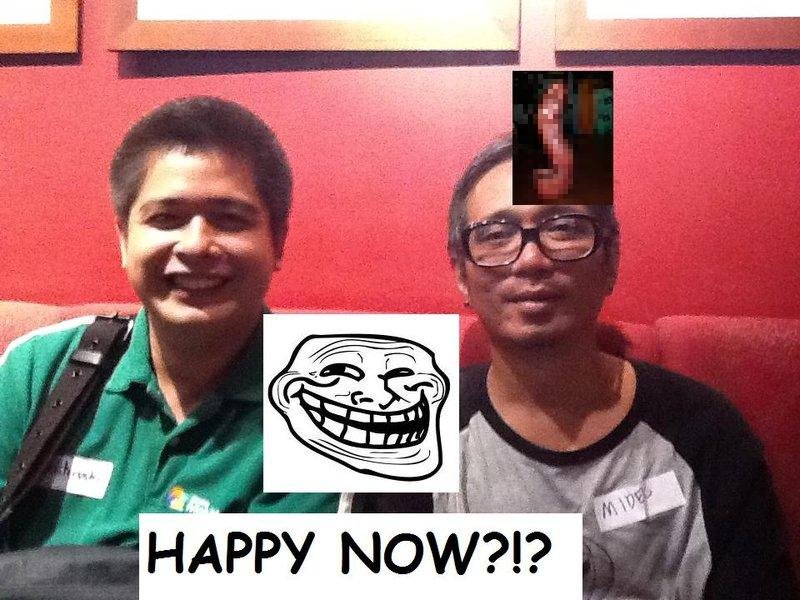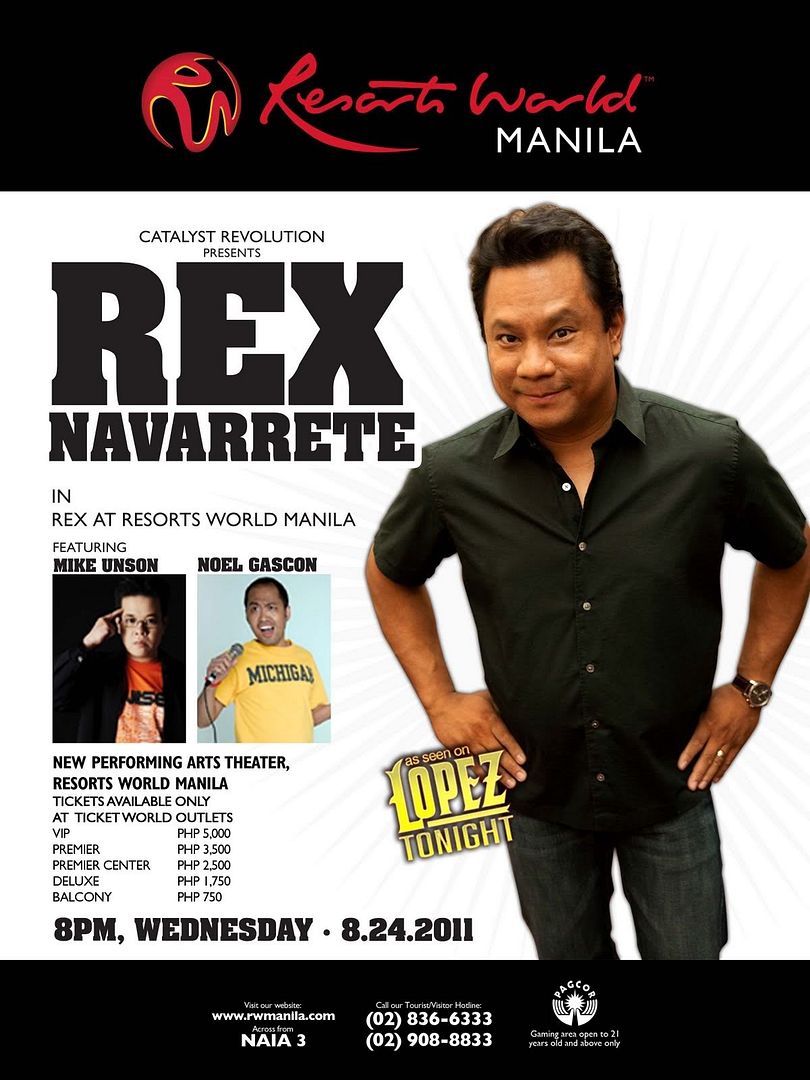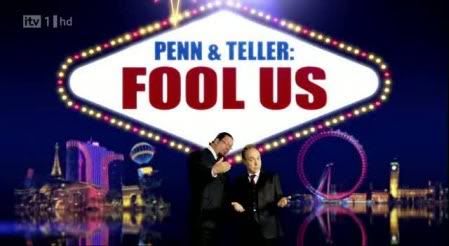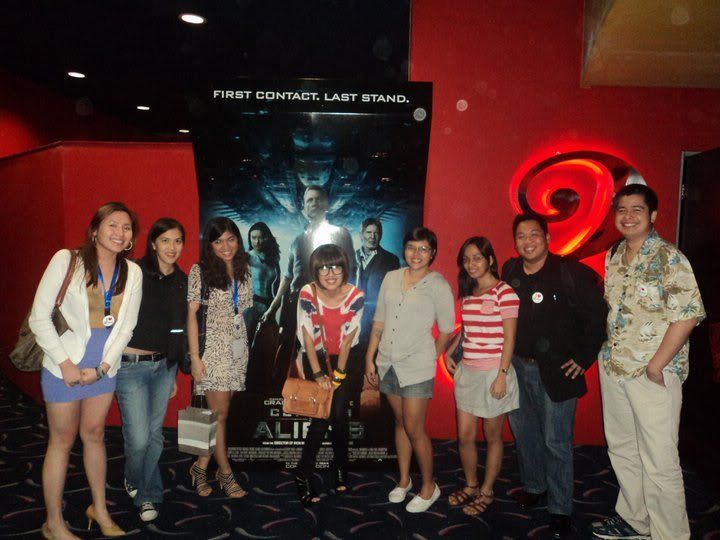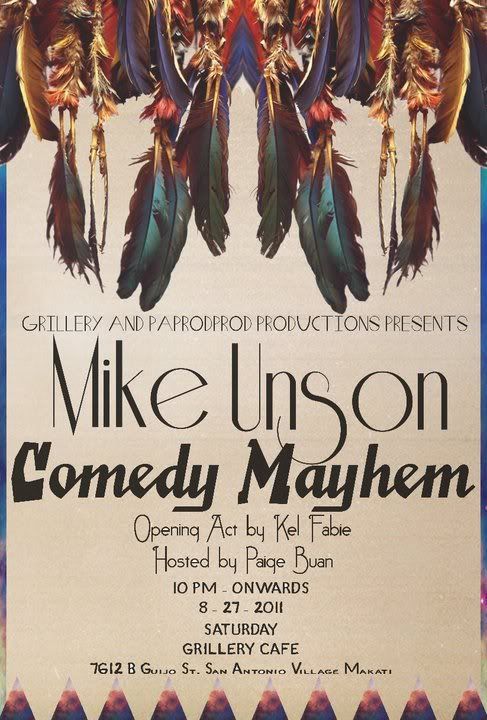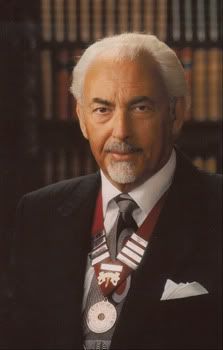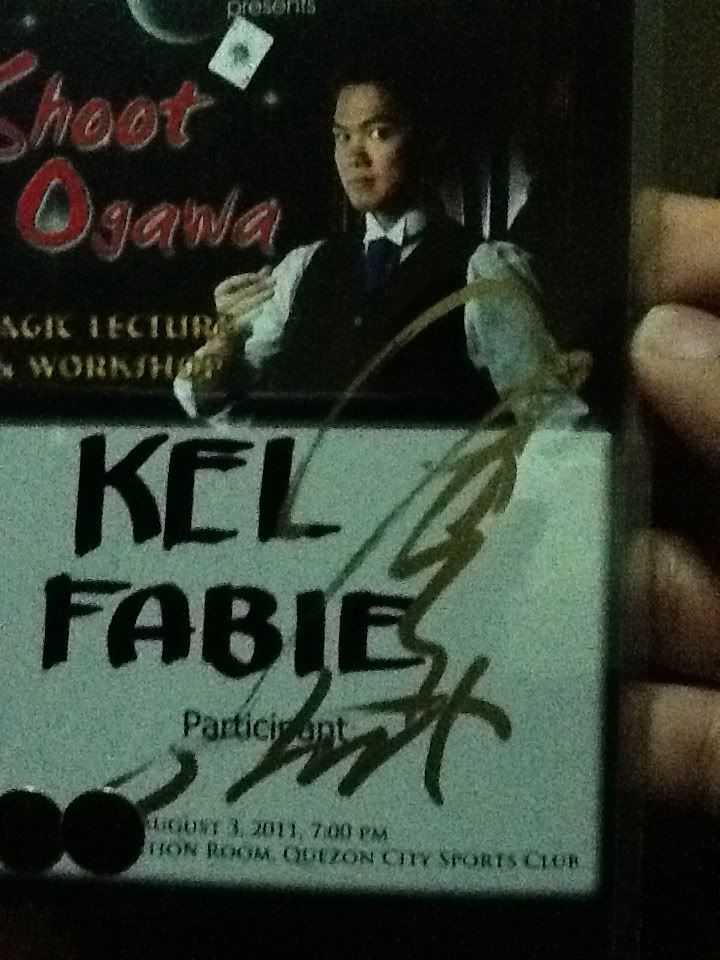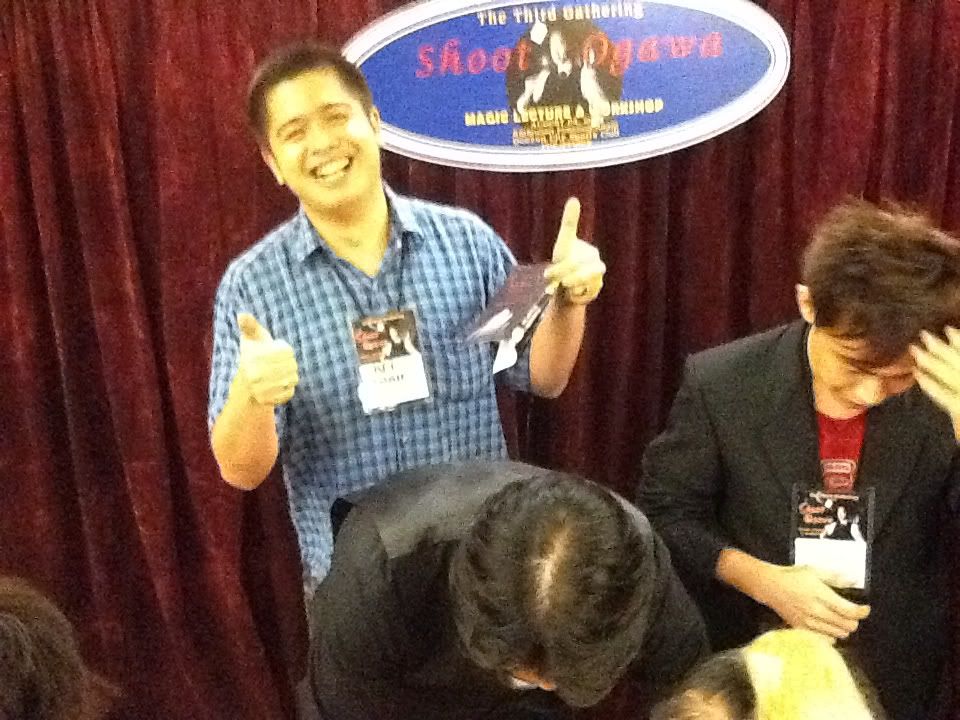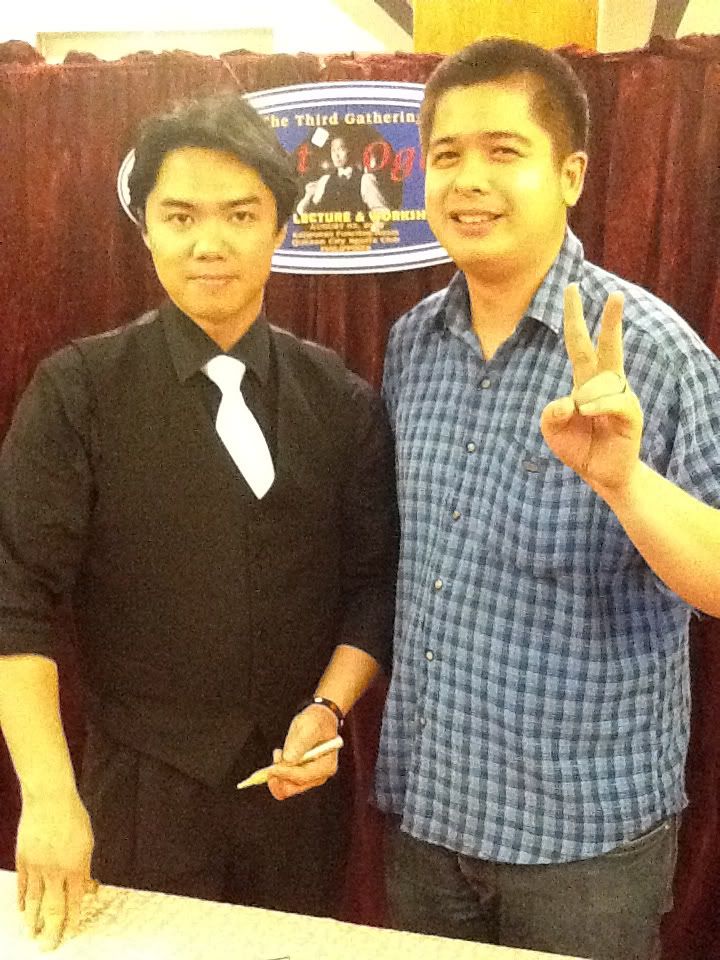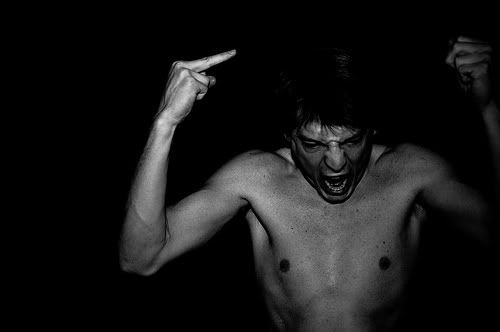and everyone and their mother apparently wanted to find out how it was done.
See, I didn't want to milk traffic out of an effect I currently do not perform in my repertoire. True, I have several methods that achieve similar results in the eyes of a layman, but let's be honest here: the beauty of the Berglas effect is that "Any Card At Any Number" is a script so simple yet so amazing, that adding extraneous details to the performance only mars the beauty of the effect. It isn't a mystery why people still call this the "Holy Grail" of card magic. David Berglas is legendary, and his achievements both within and without the magic industry are just unbelievable.
I didn't just write about Berglas again solely for the hits, though, but rather, because I believe that as time goes by, David Berglas has been revealing his method in packets, this time pretty much telling everyone exactly how he does it in a fairly new book written by Richard Kaufman, entitled
"The Berglas Effects." This is rather pricey at $140, but it's worth it in that it comes with the book, 3 DVD's, and even 3D glasses.
I'll tell you this much, though: I have the DVD's on me, but not the book. And I haven't mustered the time or effort to go through the DVD's just yet. Let me tell you why.
While I obviously won't be revealing the so-called secret to the Berglas Effect, I do believe a lot of it has become just a mish-mash of reality and exaggeration. Even in earlier material written about the ACAAN routine, it has been thoroughly explained already that Berglas will only call the ACAAN out as a miracle
after he actually does it, which, to me, is the biggest hint how this routine works.
If you had a person shuffle a deck randomly and then asked him to name any card, and he turns over the top card and it turns out to be the named card, it is
absolutely miraculous to the person you did it to, obviously. I mean, how can you go wrong with that, right? You never even held the cards! The thing is, if it goes wrong, is it going to be such a big deal? Obviously not. You play it off as a joke, or take the cards from him and do a different trick, and quietly move on. I believe that a large chunk of the mystique of the Berglas Effect owes to this fact.
It's rather similar to the way cold reading works on people who want to believe a fortune teller/medium/quack is the real deal: as they say thirty things about the mark, the mark focuses only on the one or two things the charlatan actually got right, but ignores the rest he got wrong. As such, when you combine the no-risk factor of doing something seemingly impossible then ignoring it when it goes wrong, and the willingness to ignore those botches when it
does go right, you can already tell that there's a huge element of chance that Berglas games in his favor.
This isn't to discount other methods available to Berglas, of course: manipulation. Sleight of hand. Weasel words and equivocation. All of these things are available to him, and the only reason we believe otherwise is because we were spoiled by the Marc Paul video that appears to be as clean as can possibly be.
At no point in the original Britland book did it ever say that Berglas performed this effect only in one way. In fact, Britland emphasized how Berglas masterfully improvised on the spot, whether he used manipulation, or equivocation, or outright used concepts like stacks, or if he had the opportunity present itself, he would possibly do it with a borrowed deck, or if all else fails, he'll just take the named card and do an ambitious card routine with it instead, nobody realizing that he was actually going for the Berglas Effect.
Does this reveal anything about how he does it? No, not really. I do believe the new book does that, though, in that it shows David Berglas's handling and tips and the ways he improvises upon any given situation. Despite that, I don't believe that you can easily incorporate the Berglas Effect into your repertoire after making this picture, simply because I doubt the book has managed to outline all the alternatives and possibilities that might turn up during performance. It will take a lot of trial and error, and it will take a lot of hand-waving when you get it wrong.
And really, in the realm of magic and mentalism, that's what truly matters, in my book: when something amazing happens, you better be sure you know bloody well how to milk it for what it's worth, and when something goes wrong, you better have the ability to dance around it whether by playing it for laughs or making it all look like it's part of the show and not a mistake. The Berglas effect, when viewed in its entirety, will probably require a lot of work that the book may or may not cover, but the book is meant to help you apply the concepts of the effect into more elements of your performance as well. I believe that it has value, but it also, in my eyes, establishes that the Berglas Effect isn't quite like those tricks you normally see on Theory 11 or Ellusionist, where the secret is readily explainable. In this case, it clearly isn't, and that's probably because getting to the thunderous crescendo of the Berglas Effect requires a lot of factors being lined up painstakingly and on the fly, and then being immediately abandoned for something else if certain factors simply refuse to cooperate.
So if the Berglas Effect is really just one effect with tons of different handlings, methods, and approaches, how do we account for the
particular version done by Marc Paul, which seemed so clean, simple, and unimpeachable? Well, any mentalist worth their salt would probably know how most of the clean and *too* mind-boggling mentalism effects are performed
without a stooge or an accomplice.
Dare I say what that principle is? Well, I guess I can use the vague term for it: dual reality. Beyond that, I doubt the Magic Mafia would like me to reveal the actual principle at work.
If you're at least a half-competent performer, you'd probably already know what I'm talking about. If you're not, then obviously, this article wasn't written for you. In the end, I can definitely guarantee similar results on television if I utilized the same principle. It's just that... I'm not very comfortable with this method. I strongly believe that the only thing to the show ought to be just the show itself and perhaps, at most, the lasting effects
after it.
And now, I do believe I've said too much. Still, with so many versions of the ACAAN routine out there, it's just unbelievable that only Berglas gets such legendary acclaim for it.
